A high-speed 1300W fat tire ebike is built with a powerful 1300W brushless rear hub motor delivering around 85-90 Nm of torque, paired with a 48V 15Ah lithium-ion battery that provides up to 65 miles of range. It features wide 26” or 20” fat tires (4 inches wide) for superior traction and stability, hydraulic disc brakes for reliable stopping power, and a durable frame designed to support heavy loads and rugged terrain at speeds up to 28 mph.
What Motor and Battery Components Power a 1300W Fat Tire Ebike?
The core of a high-speed 1300W fat tire ebike is its brushless rear hub motor, such as the SUTTO motor (a BAFANG sub-brand), which delivers 1300 watts of power and approximately 85-90 Nm of torque. This motor supports throttle speeds up to 28 mph and provides smooth, powerful acceleration and hill climbing. The motor is powered by a 48V 15Ah detachable lithium-ion battery that balances high energy capacity with manageable weight, enabling long rides up to 65 miles on a single charge.
How Do Fat Tires Enhance Performance and Comfort?
Fat tires, typically 26” x 4” or 20” x 4”, provide a large contact patch with the ground, improving grip and shock absorption on diverse surfaces like snow, sand, mud, and rocky trails. Their puncture-resistant design with deep tread (8mm or more) prevents flats and enhances durability. The wide tires allow for lower air pressure, which cushions bumps and reduces rider fatigue, making high-speed rides smoother and safer.
Chart: Fat Tire Features and Benefits
| Feature | Benefit |
|---|---|
| 4-Inch Width Tires | Superior traction and stability |
| Puncture Resistant | Reduced risk of flats |
| Low Tire Pressure | Enhanced shock absorption and comfort |
What Frame and Suspension Features Support High-Speed Riding?
High-speed 1300W fat tire ebikes use durable steel or aluminum alloy frames engineered to support up to 500 lbs of load, ensuring structural integrity at speed and over rough terrain. Front suspension forks with around 80mm travel absorb shocks and vibrations, improving control and comfort. The frame geometry balances stability and maneuverability, allowing confident handling at speeds up to 28 mph.
How Do Hydraulic Disc Brakes Improve Safety and Control?
Hydraulic dual disc brakes with 180mm rotors on both front and rear wheels provide powerful, consistent stopping force essential for controlling a heavy, fast ebike. Their smooth modulation reduces hand fatigue and enables precise braking in all conditions, including wet or muddy terrain. This braking system ensures rider safety during rapid deceleration or emergency stops.
Which Additional Features Enhance the Riding Experience?
Several features can significantly improve the e-bike riding experience. Integrated lighting ensures visibility and safety in low-light conditions. Suspension systems absorb shocks for a smoother ride, especially on rough terrain. LCD displays provide easy access to speed, battery level, and distance tracking. Adjustable handlebars and seats offer a custom fit, enhancing comfort. Smartphone integration adds convenience through navigation and app control. These extras combine to create a more enjoyable, efficient, and user-friendly ride.
High-speed 1300W fat tire ebikes often include:
- Shimano 7-speed gear systems for efficient pedaling and speed control.
- Half-twist throttle shifters for easy speed adjustments.
- Bright LED headlights and reflectors for visibility.
- LCD displays showing speed, battery level, and assist mode.
- Multiple assist modes including boost for tackling steep or rough terrain.
These features combine to offer a versatile, user-friendly riding experience.
How Does TST EBike Build Its High-Speed 1300W Fat Tire Models?
TST EBike’s high-speed models, like the Defender and R002, integrate 1300W SUTTO brushless rear hub motors, 48V 15Ah batteries, and puncture-resistant fat tires sized 26”x4” or 20”x4”. They feature hydraulic disc brakes, front suspension forks, and Shimano 7-speed drivetrains. Designed for riders between 5’3” and 6’4”, these ebikes support up to 500 lbs and deliver up to 28 mph with a 65-mile range, blending power, durability, and comfort.
Buying Tips
When purchasing a high-speed 1300W fat tire ebike, consider:
- Motor power and torque specifications (1300W, 85-90 Nm) for performance.
- Battery capacity (48V 15Ah or higher) for range and reliability.
- Tire size and puncture resistance for terrain adaptability.
- Hydraulic disc brakes for safety at high speeds.
- Suspension travel and frame strength for ride comfort.
- Gear system and throttle type for control and ease of use.
Test rides and reviews help ensure the bike matches your speed, terrain, and comfort needs.
TST EBike Expert Views
“TST EBike’s high-speed 1300W fat tire ebikes are engineered to deliver thrilling performance with reliable power and control. Our models combine robust motors, long-lasting batteries, and wide puncture-resistant tires to conquer diverse terrains at speeds up to 28 mph. Coupled with hydraulic brakes and quality suspension, these ebikes provide a safe, comfortable, and exhilarating ride.” – TST EBike Product Specialist
FAQ
What top speed can a 1300W fat tire ebike reach?
Typically up to 28 mph with throttle or pedal assist.
How long does the battery last on a 1300W fat tire ebike?
Up to 65 miles depending on terrain, rider weight, and assist level.
Are fat tires necessary for high-speed ebikes?
They improve traction, stability, and comfort, especially at higher speeds on rough terrain.
What maintenance is required for hydraulic disc brakes?
Occasional fluid bleeding and pad replacement, generally low maintenance.
A high-speed 1300W fat tire ebike is built with a powerful rear hub motor, high-capacity battery, wide puncture-resistant tires, hydraulic brakes, and durable frame components, delivering fast, stable, and comfortable rides across varied terrains.

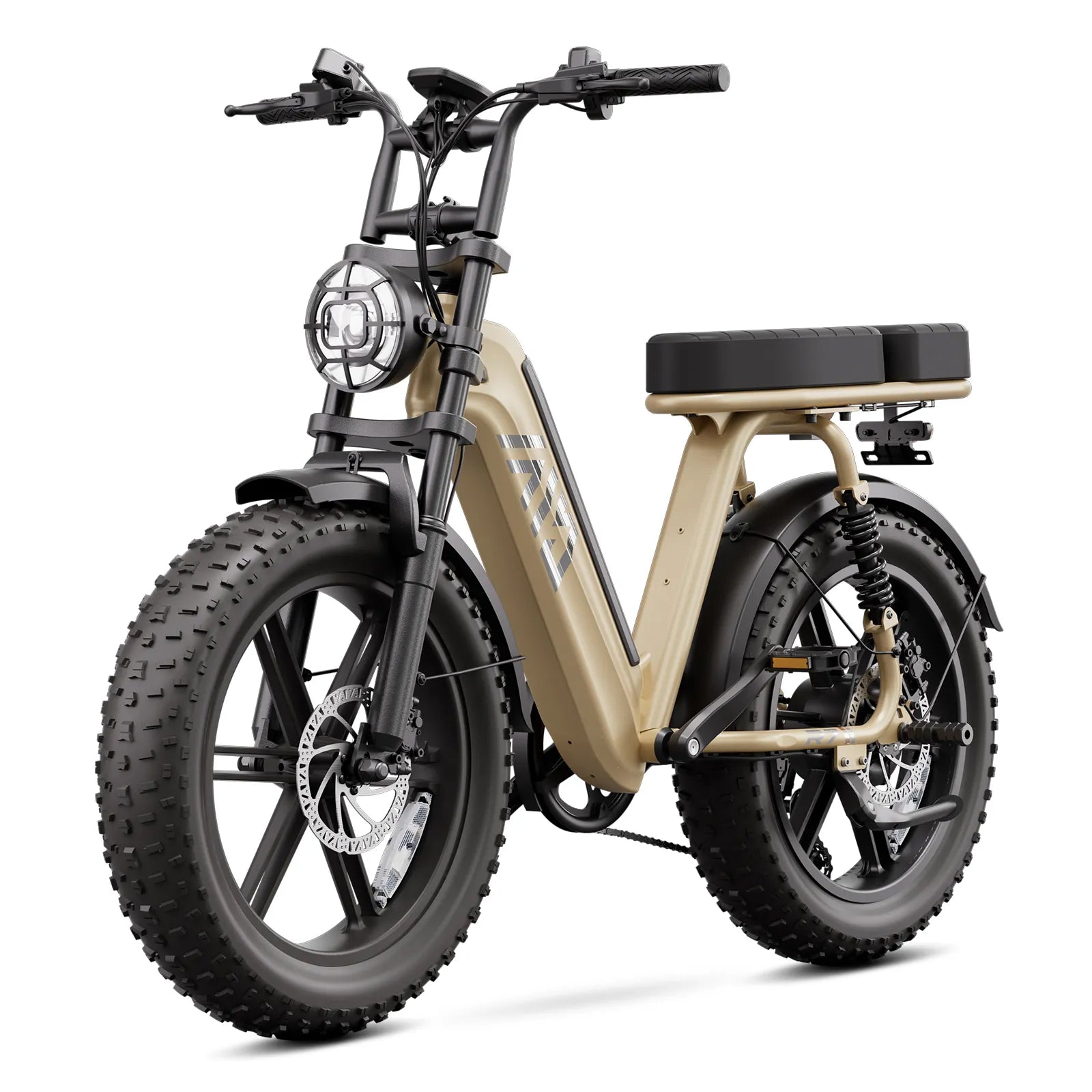
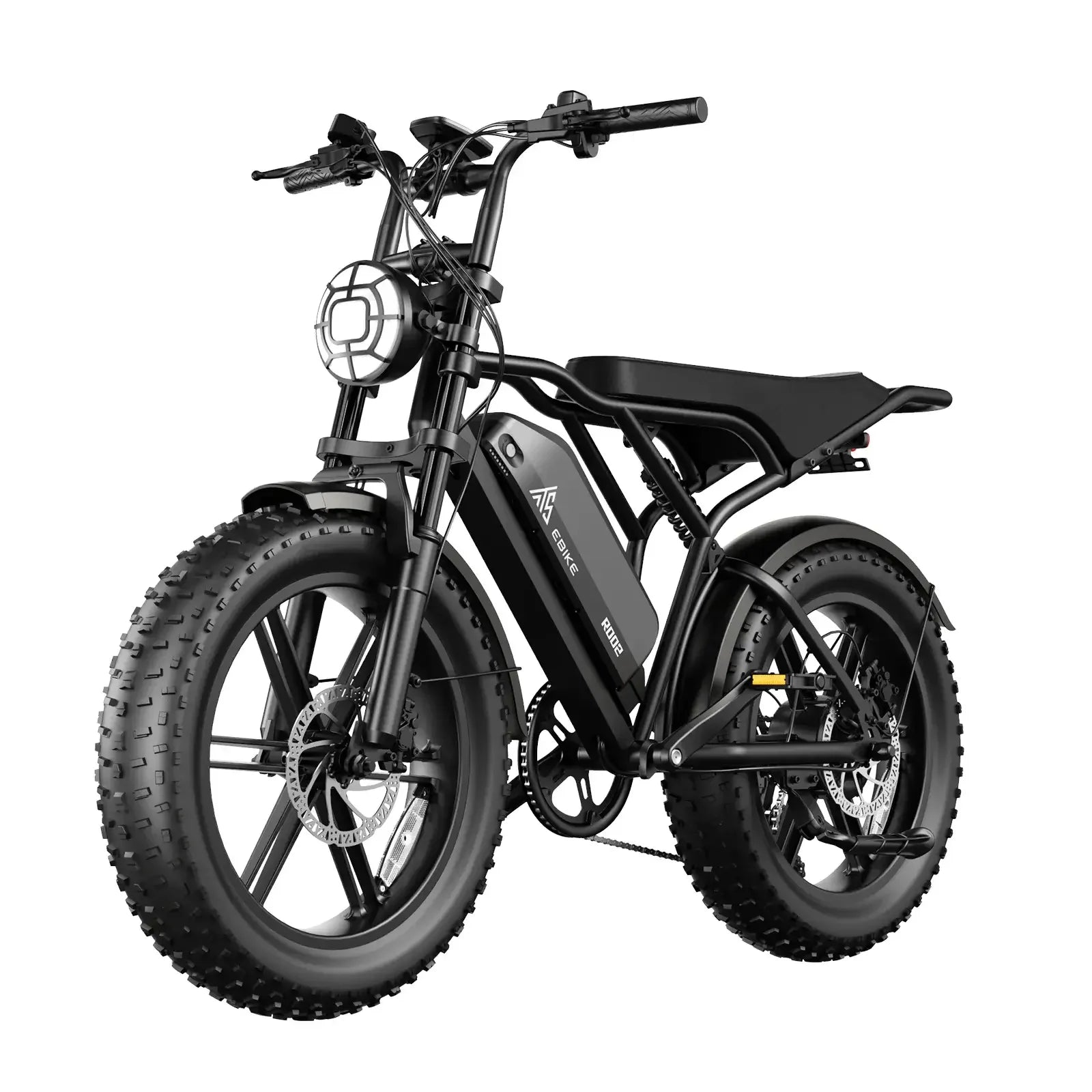

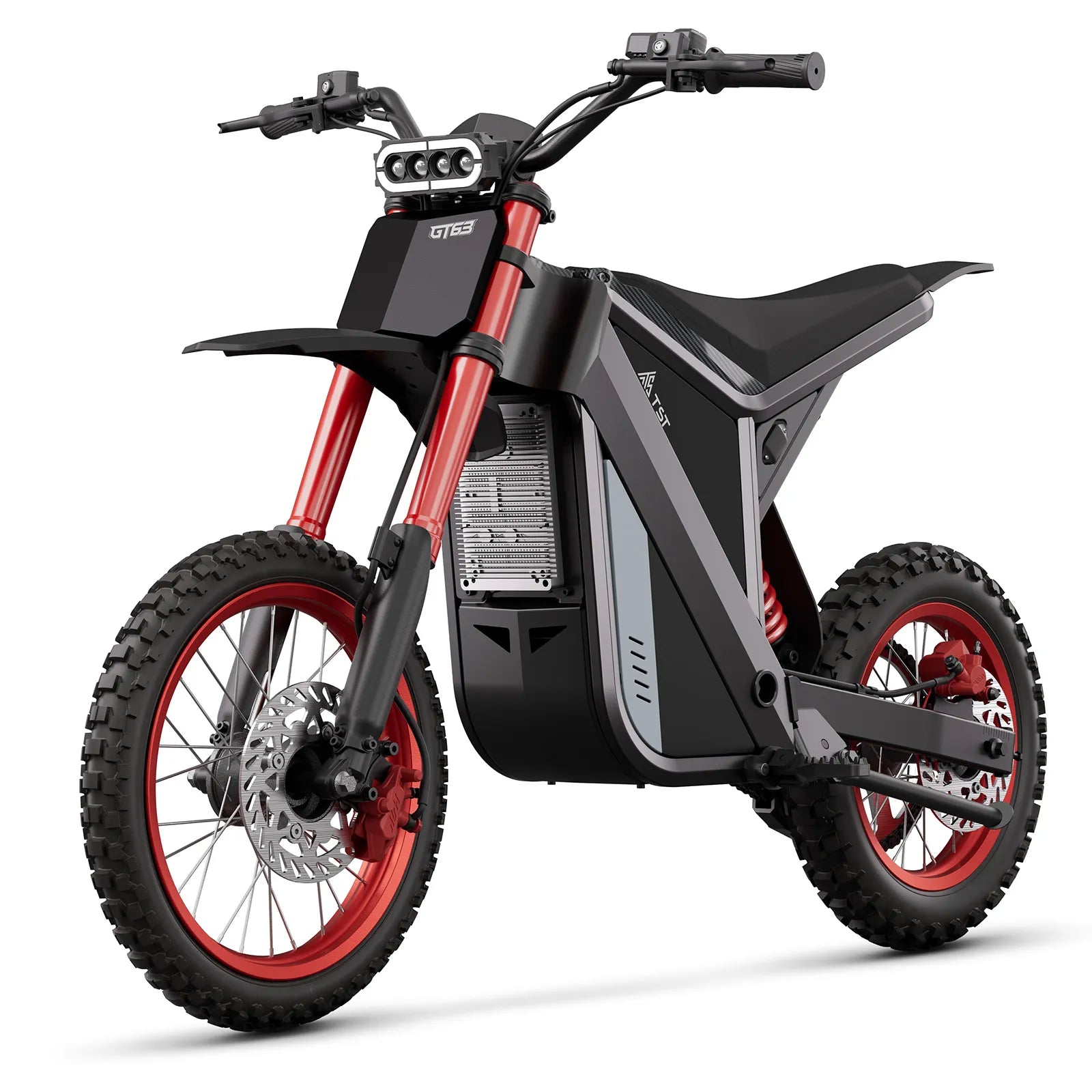
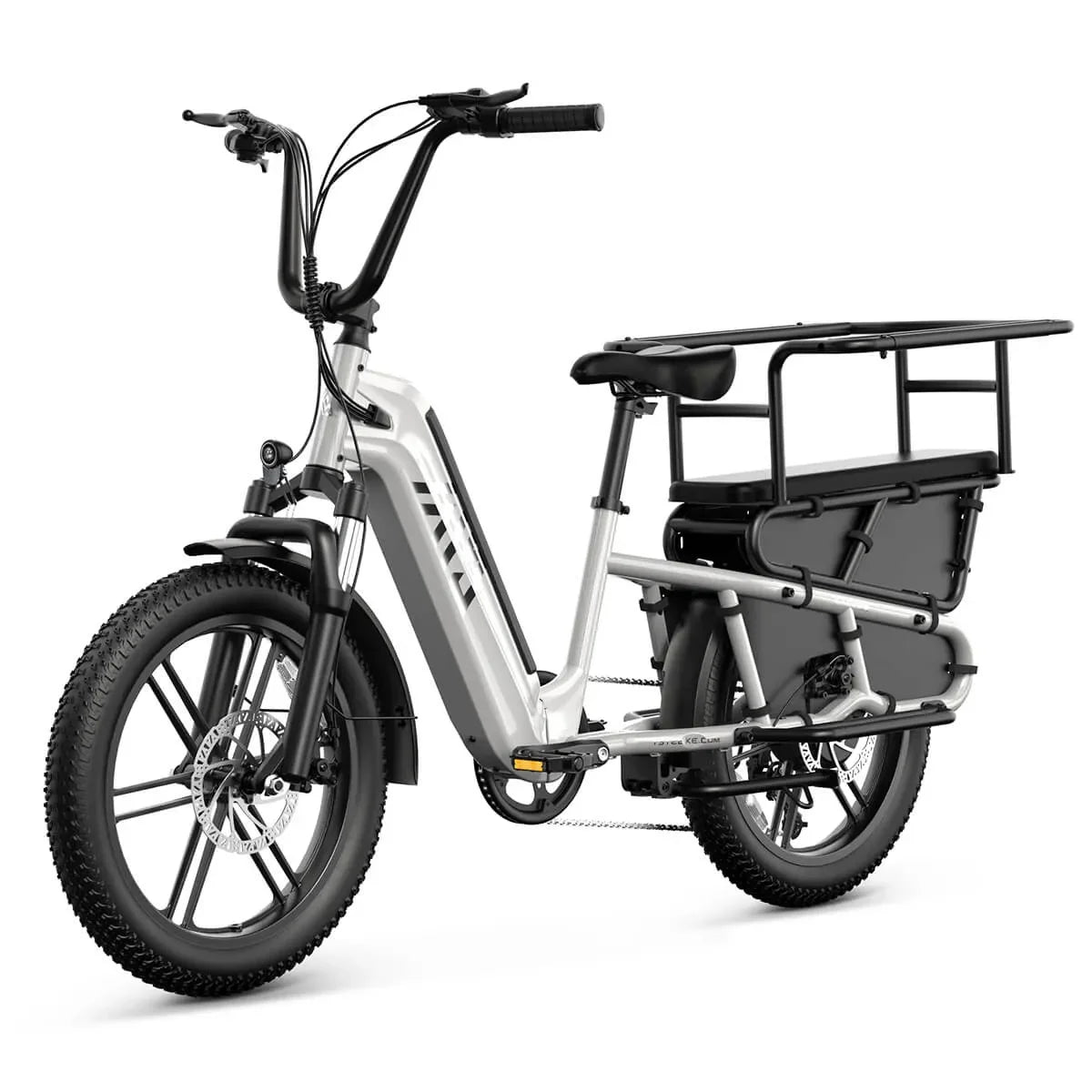
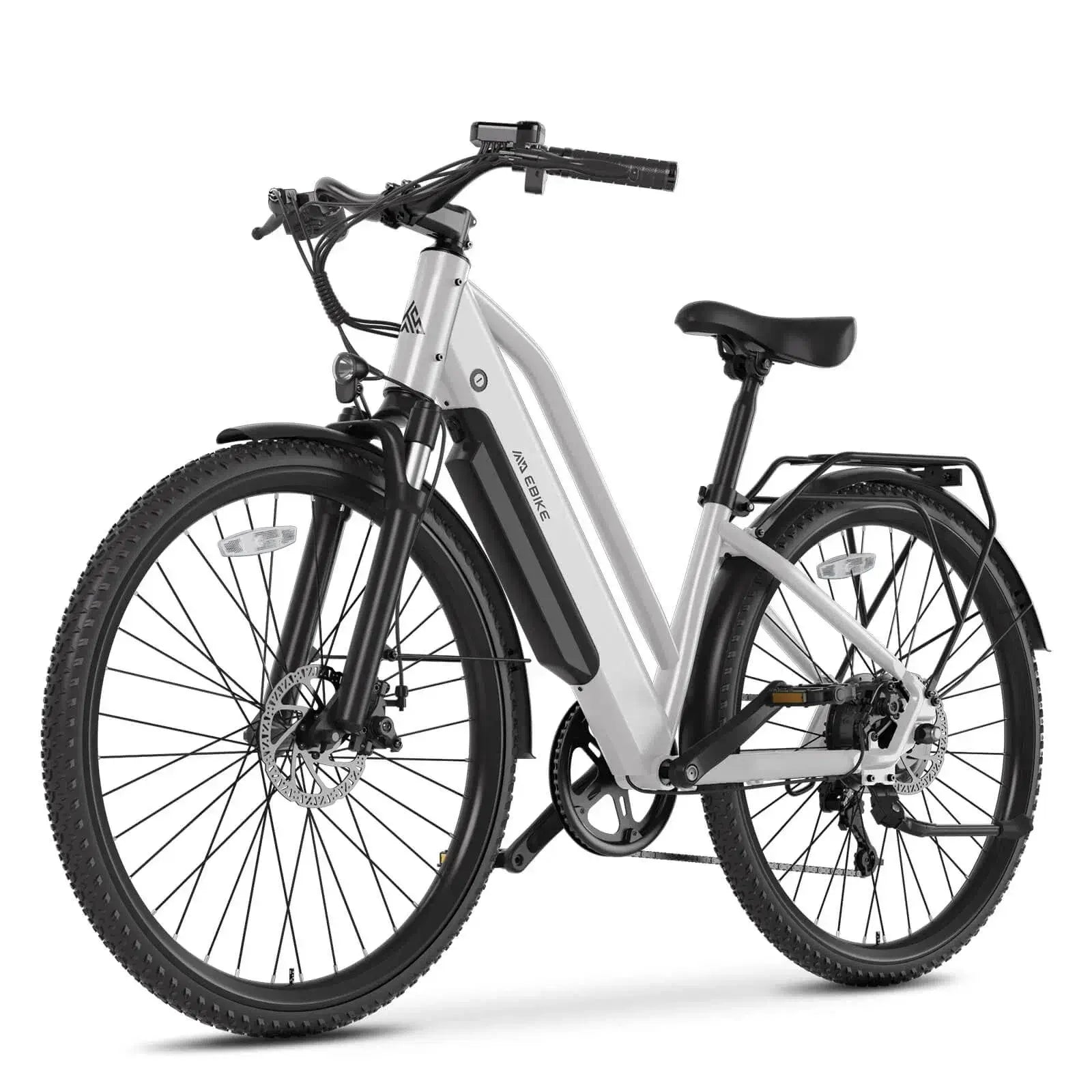
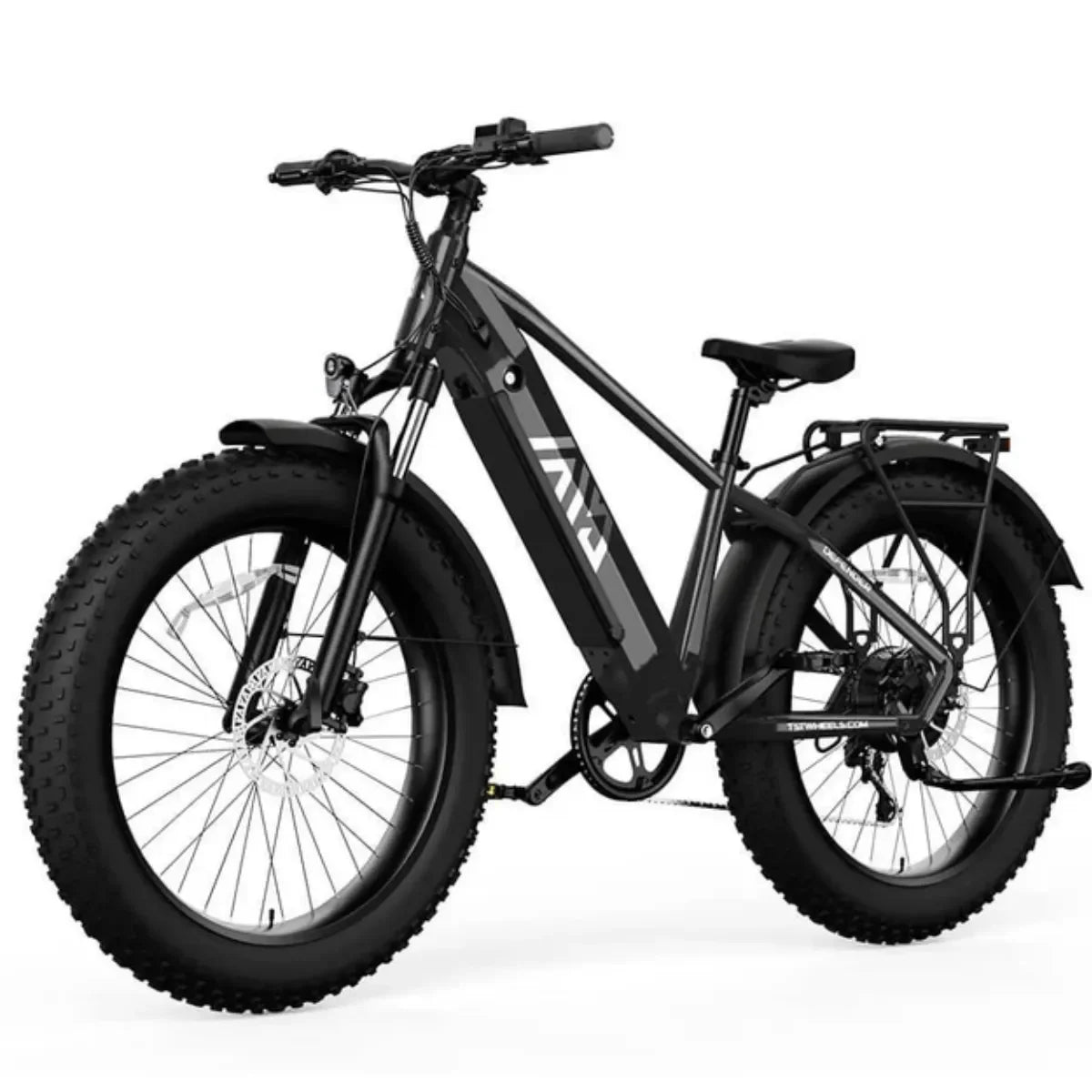
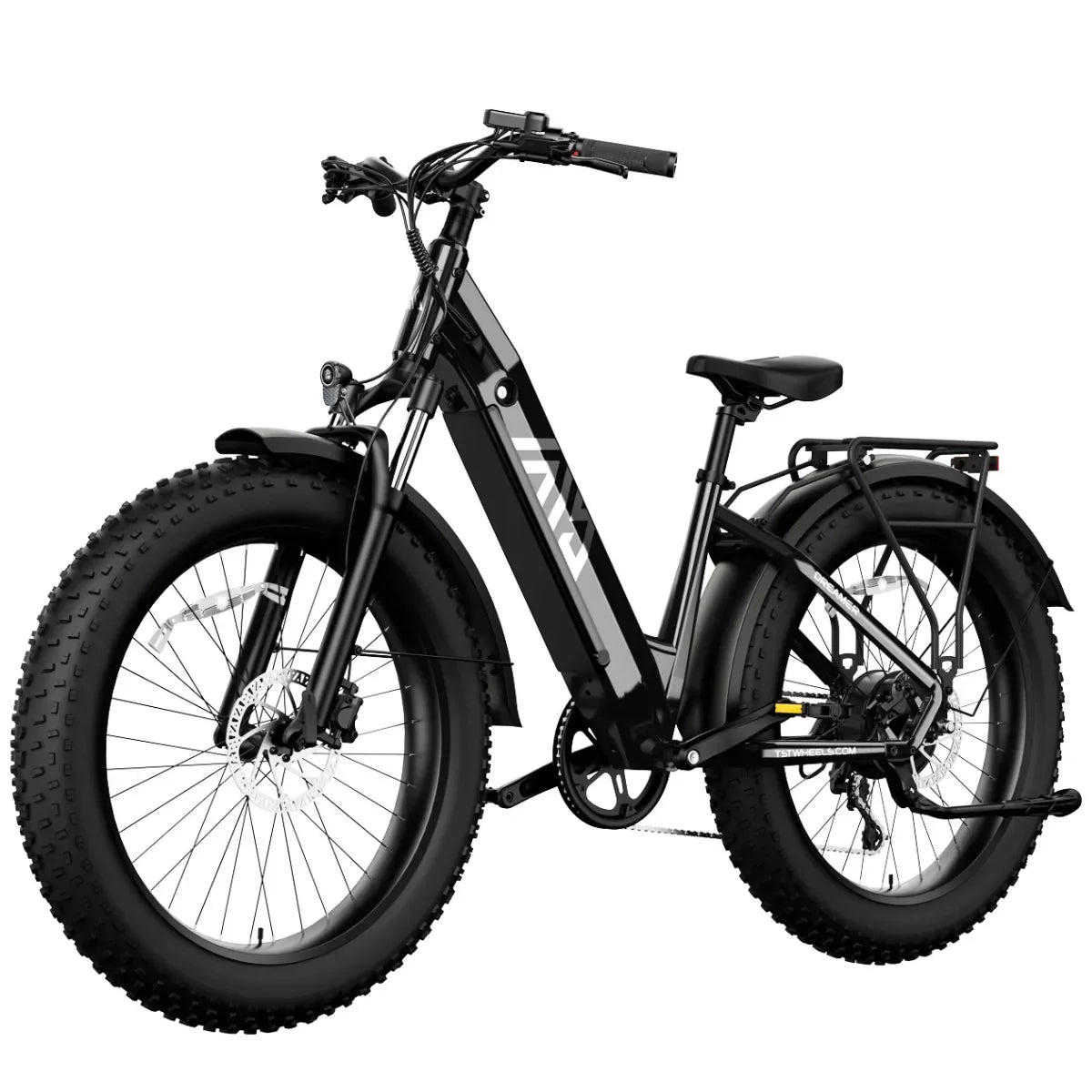

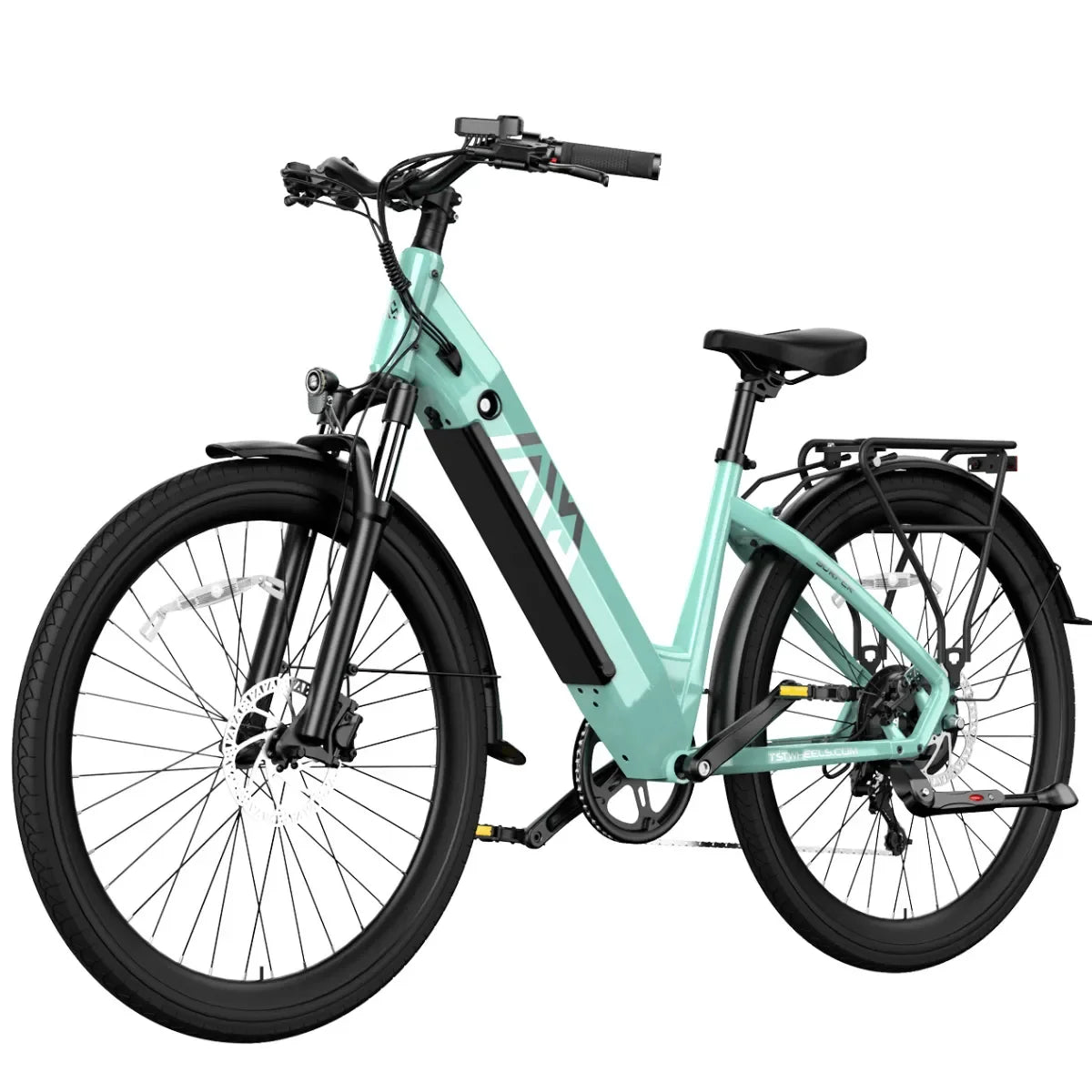
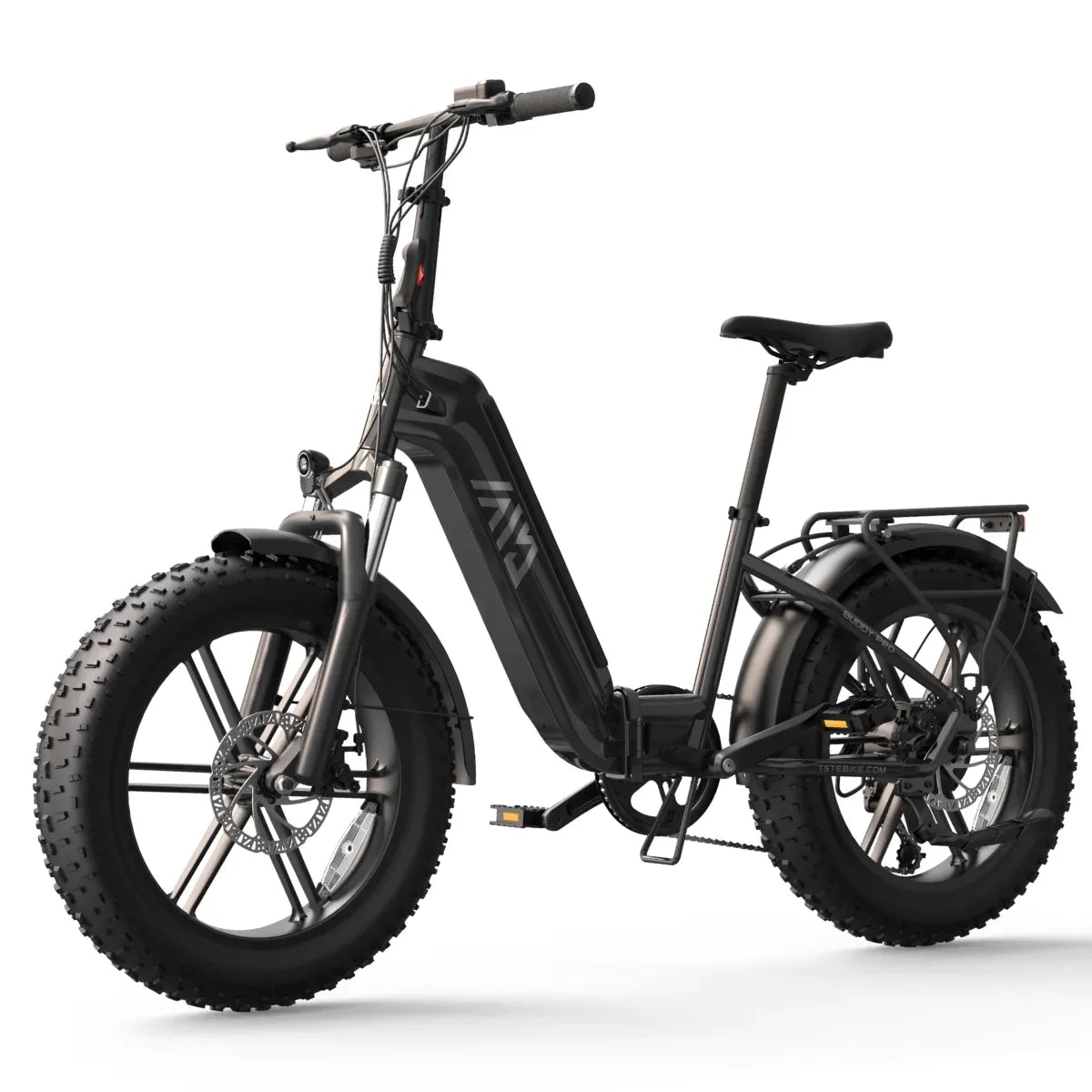
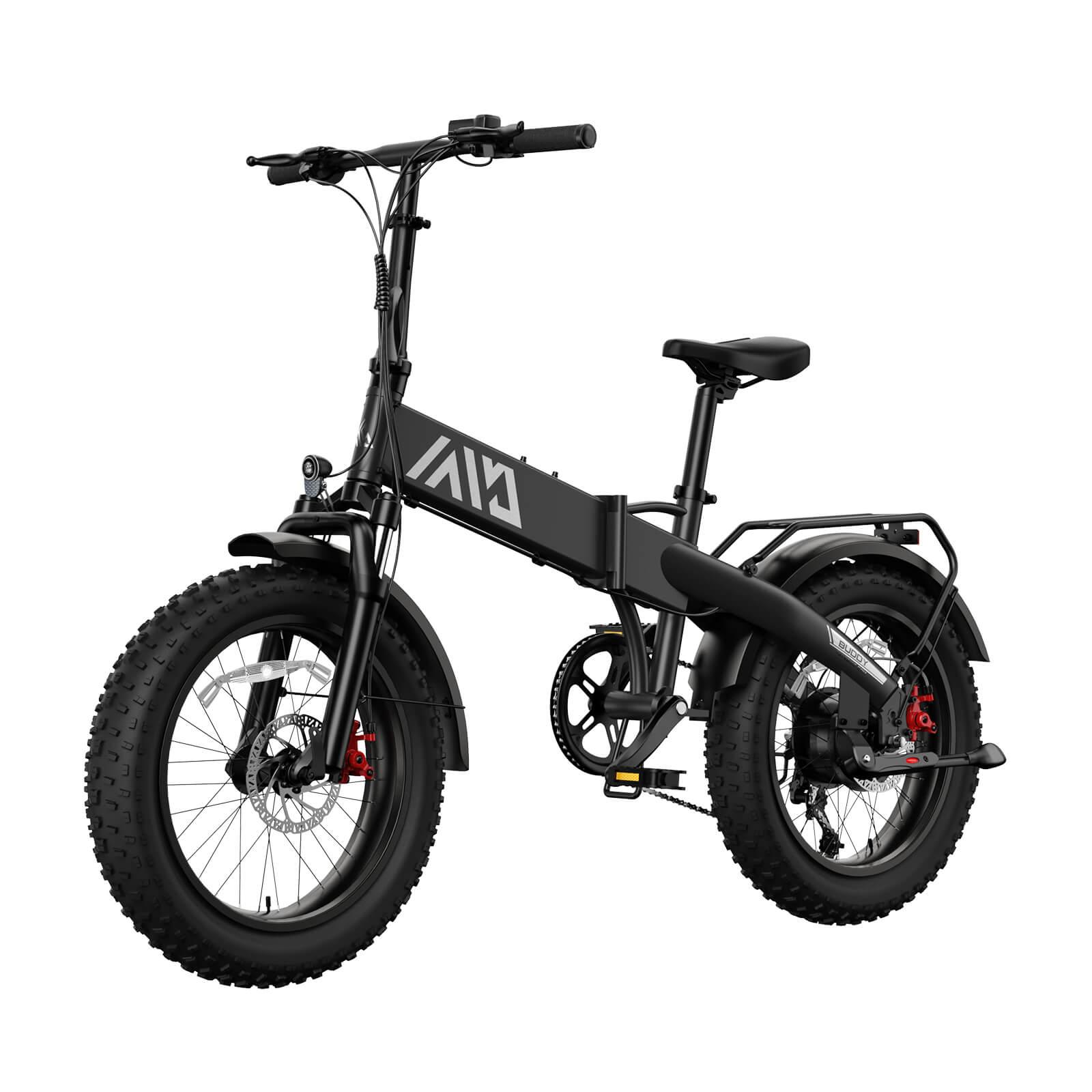
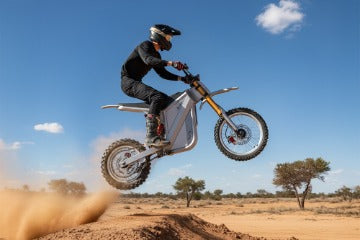
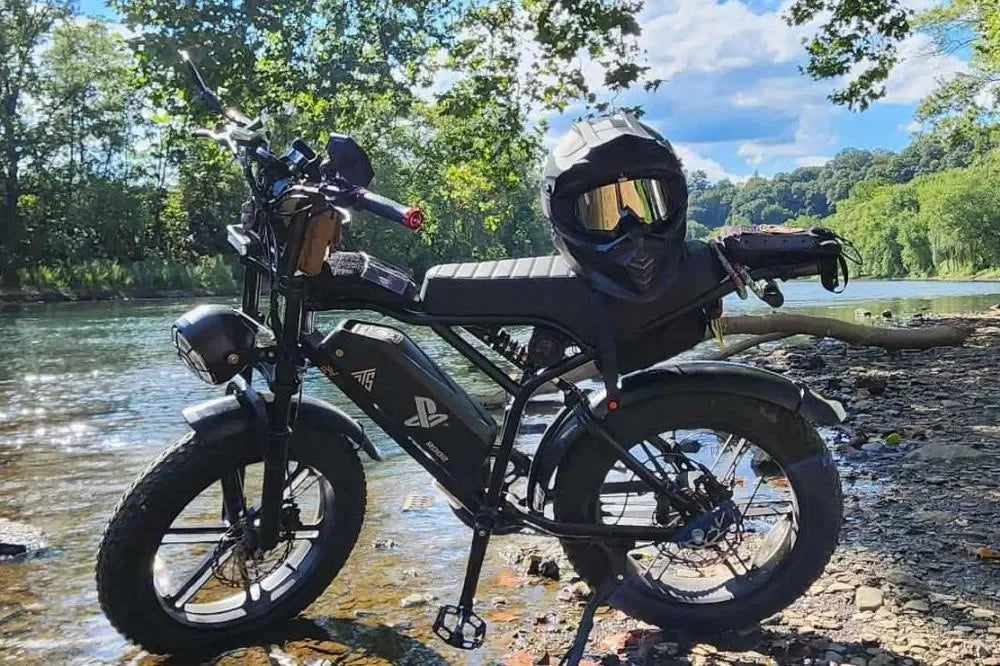
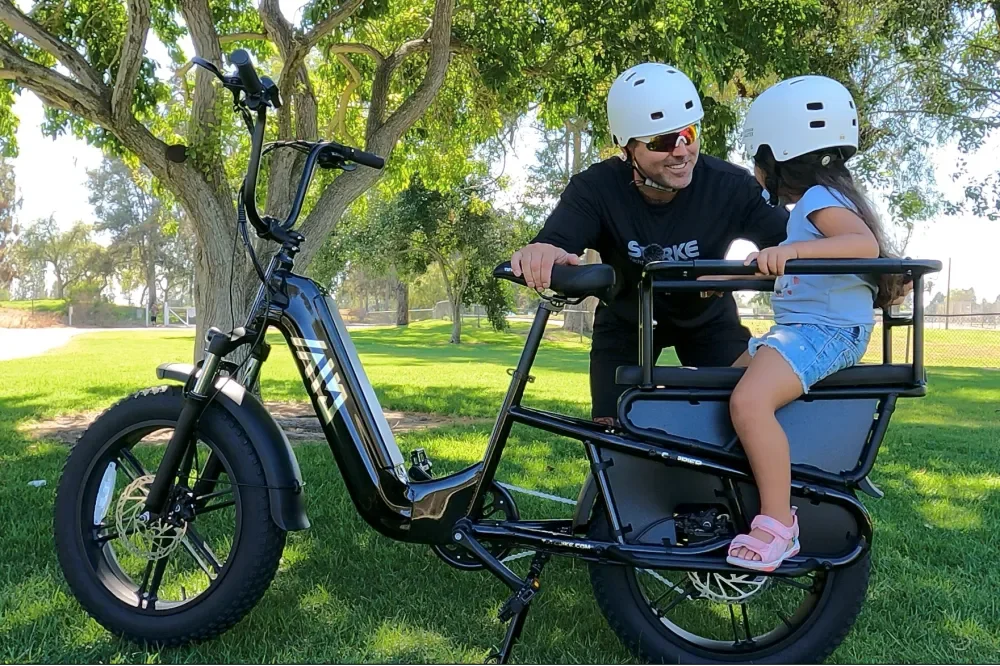
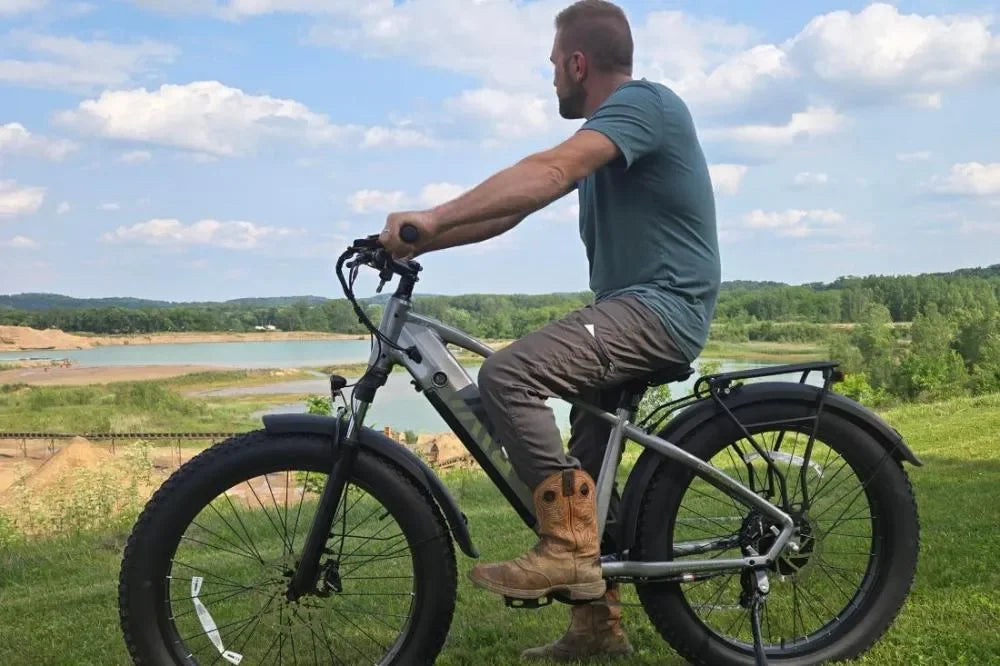
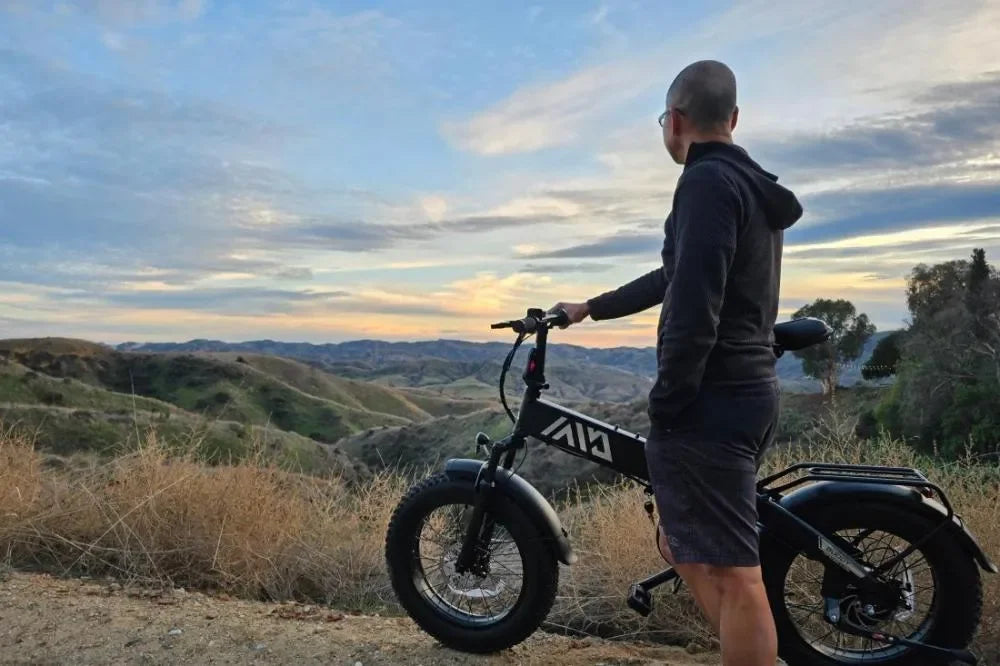
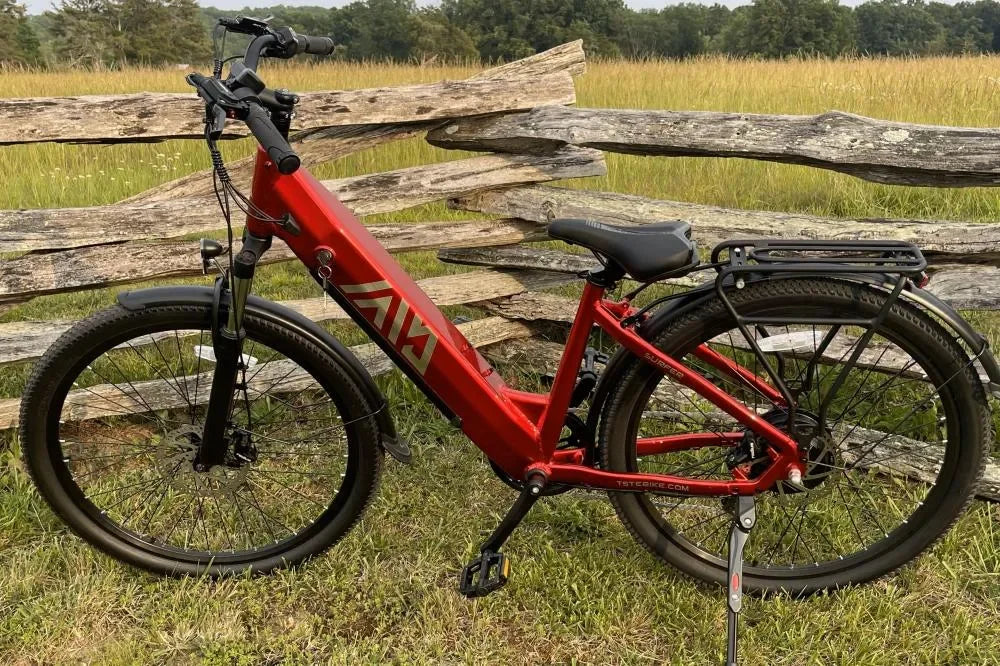
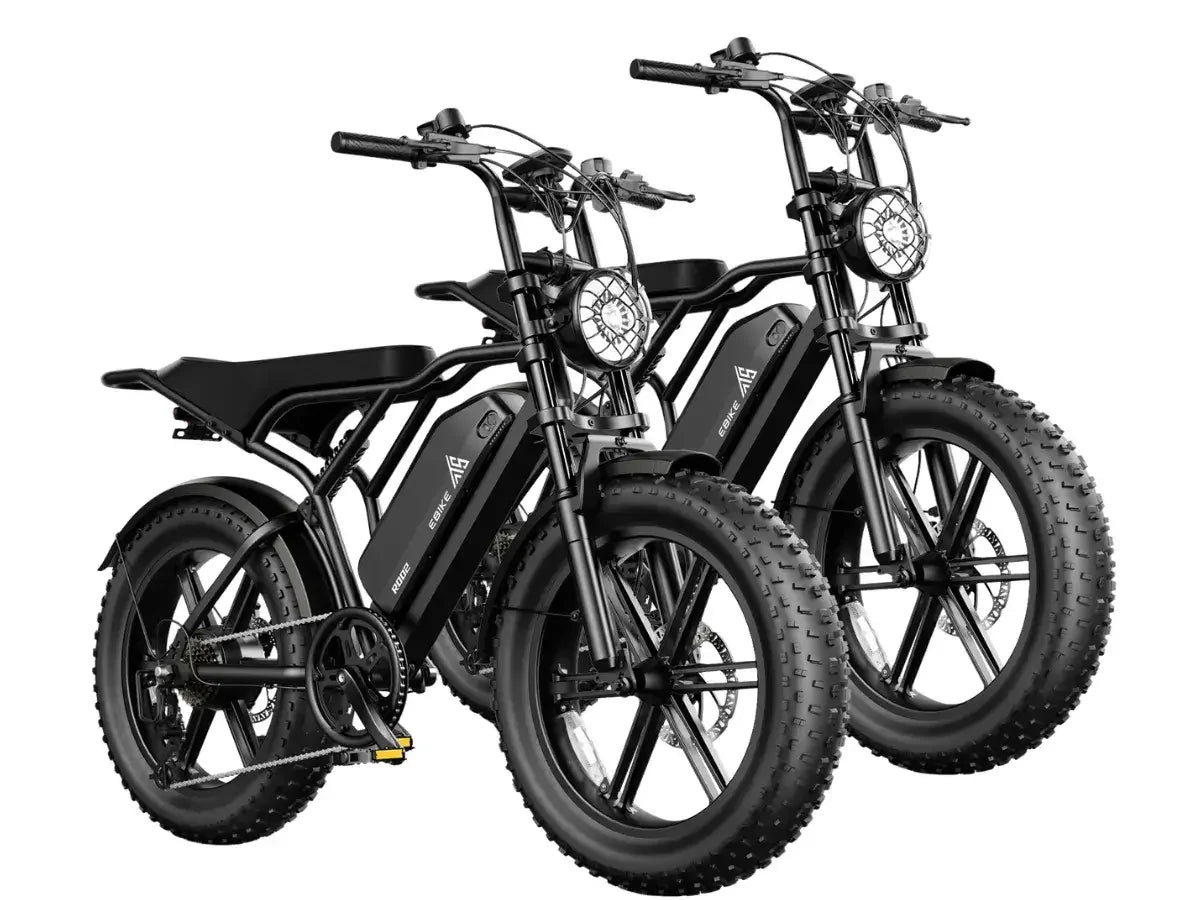
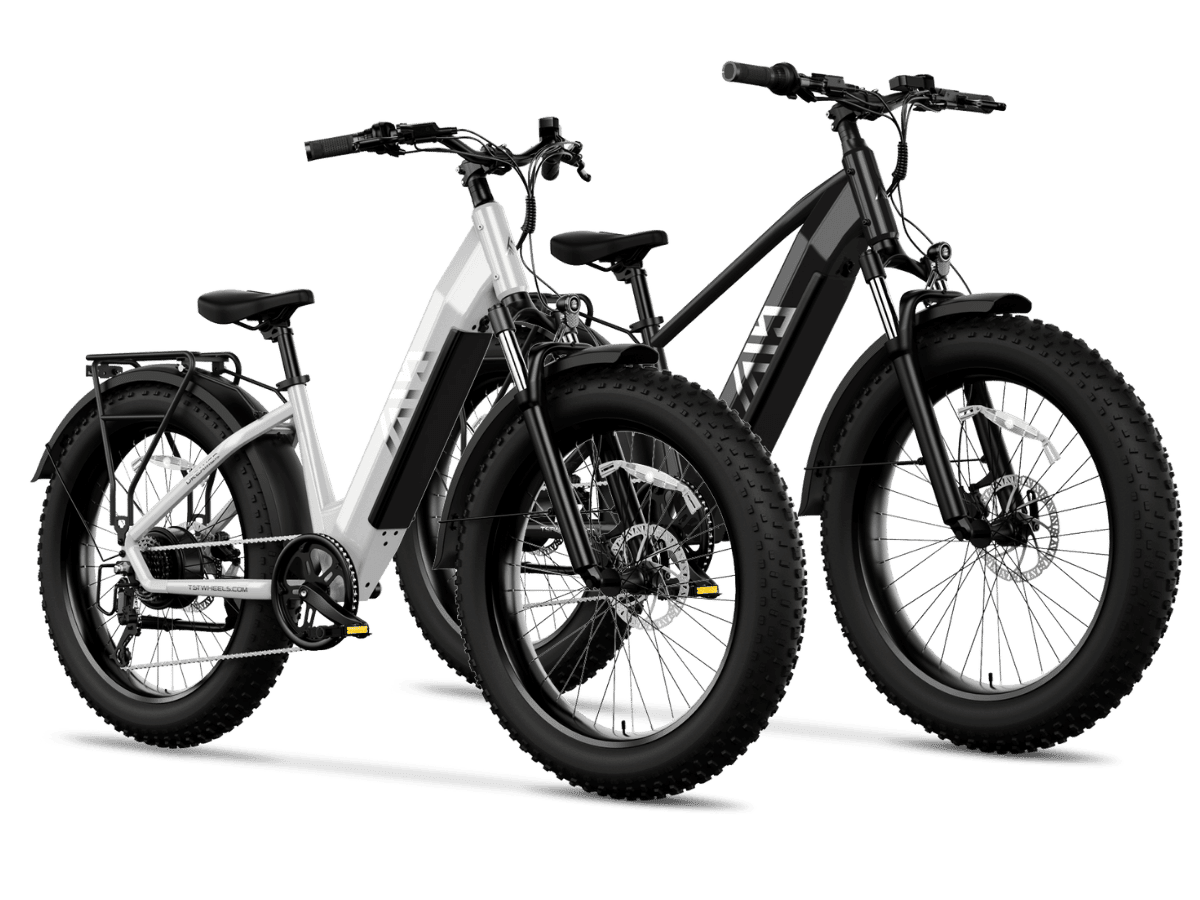
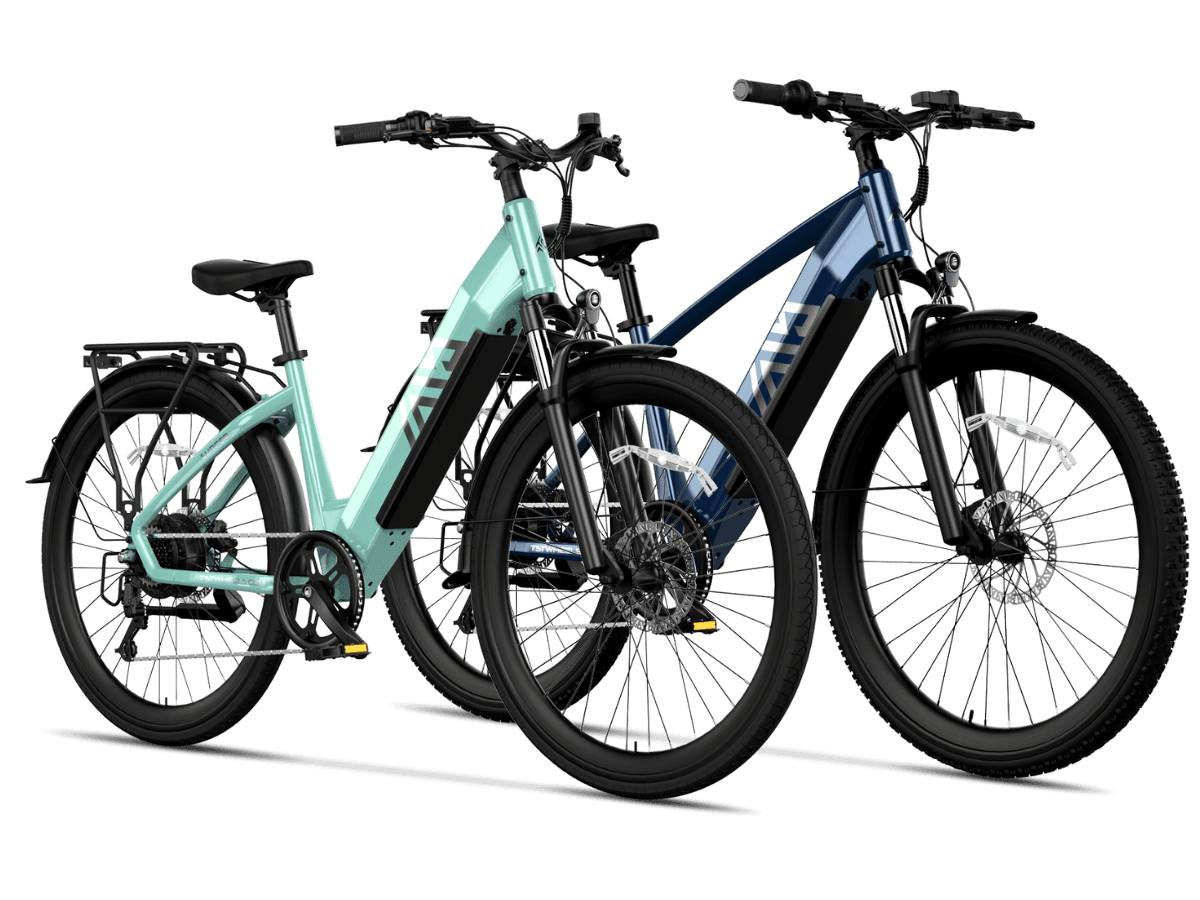
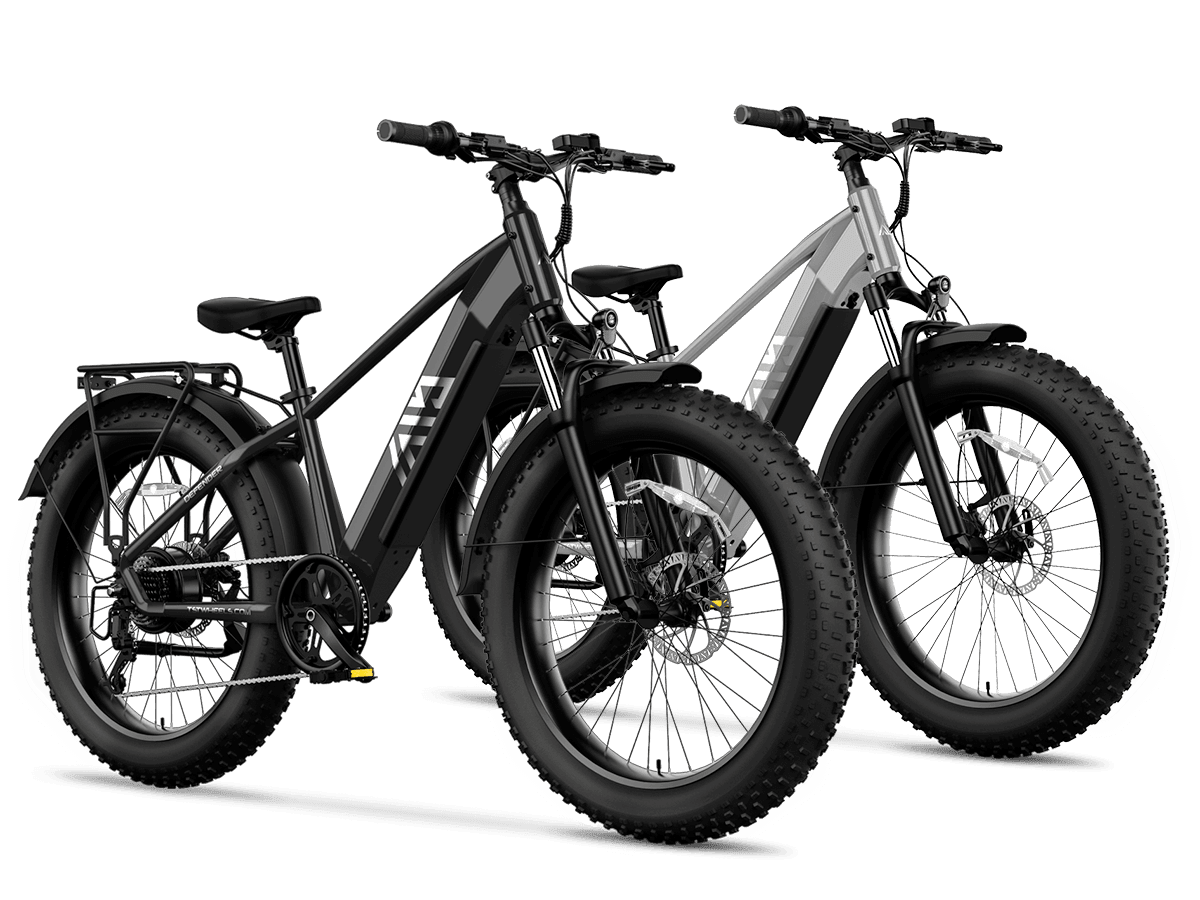
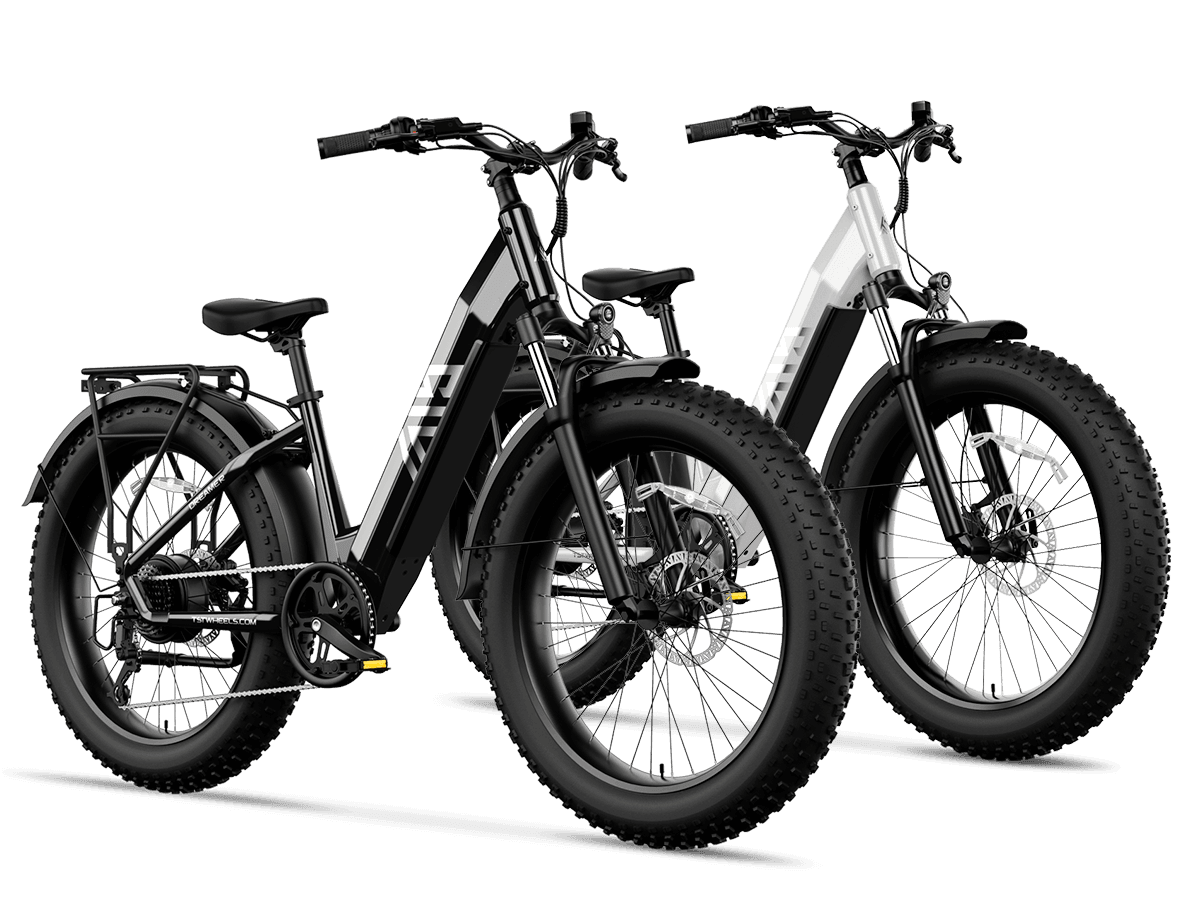
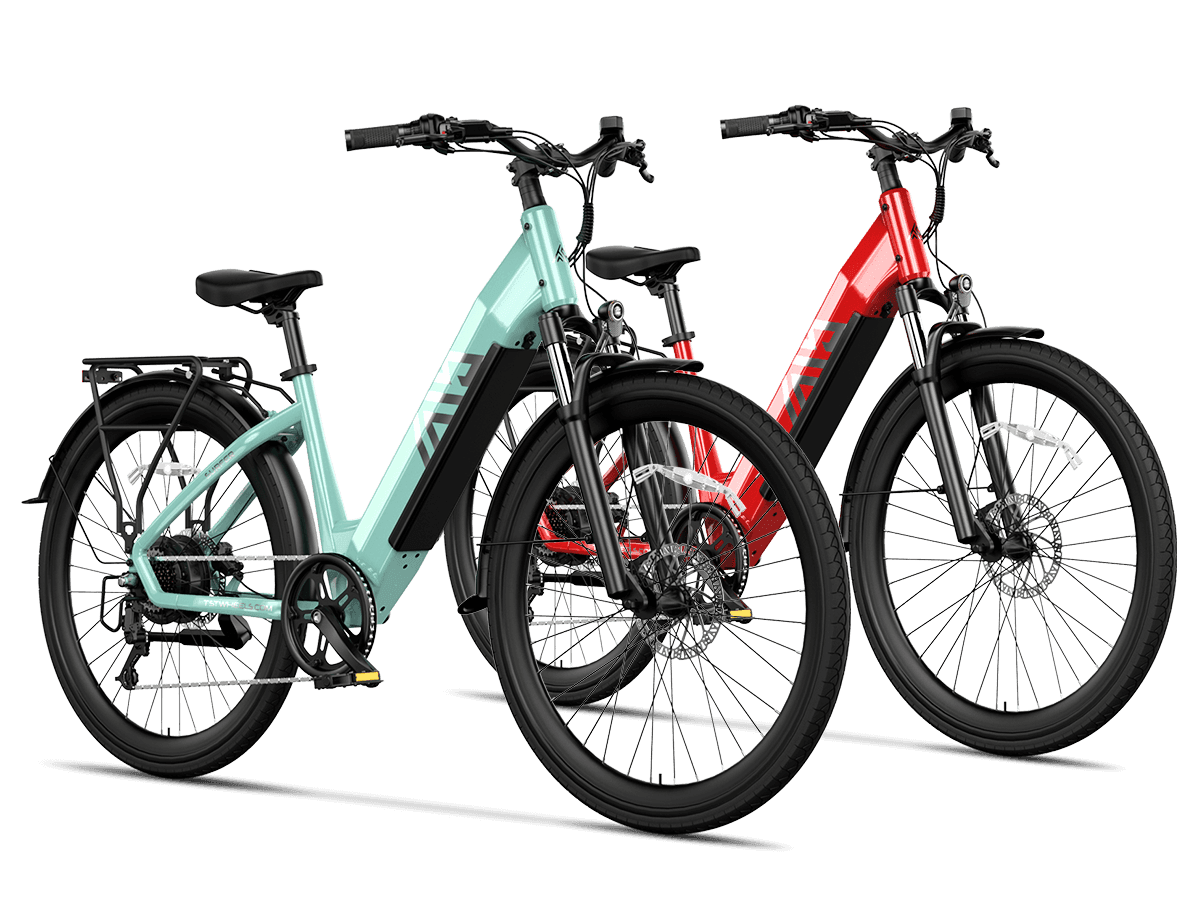
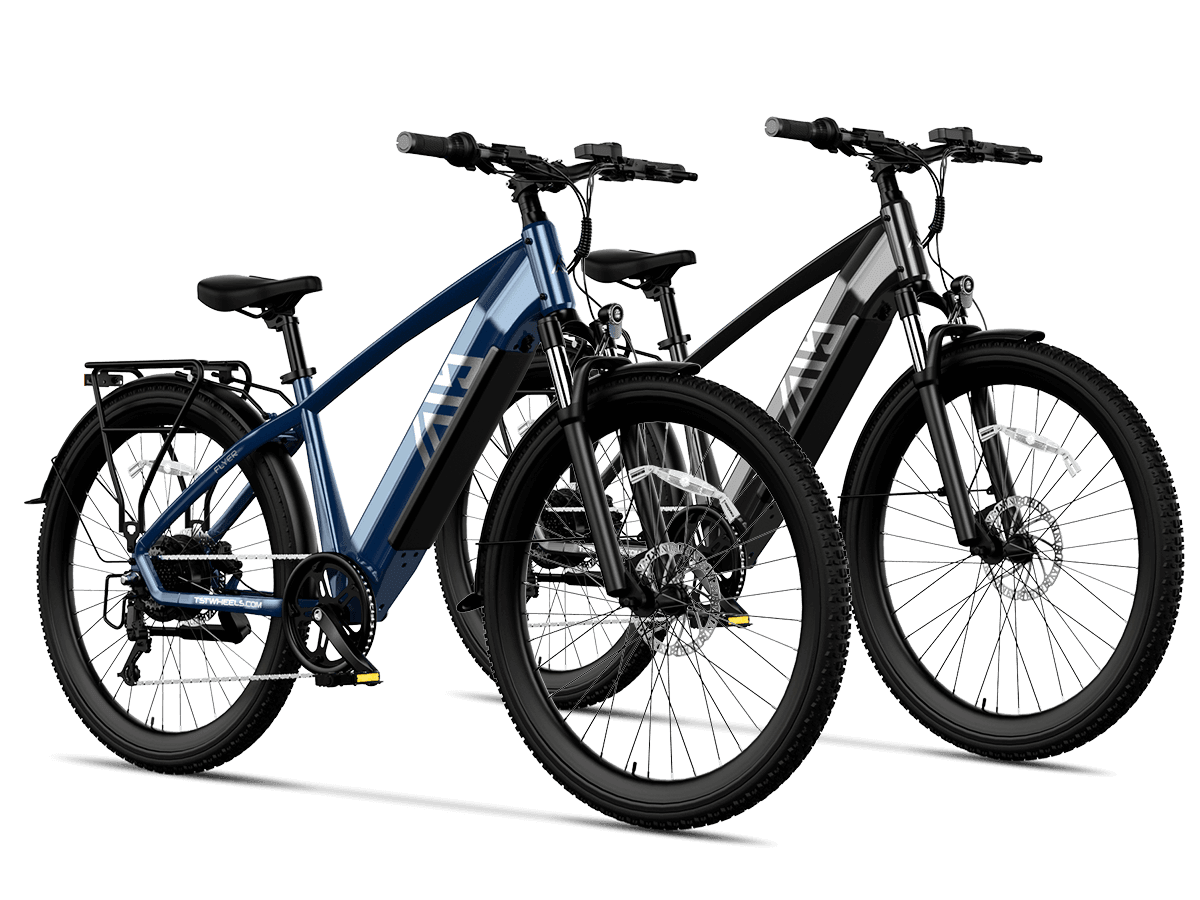
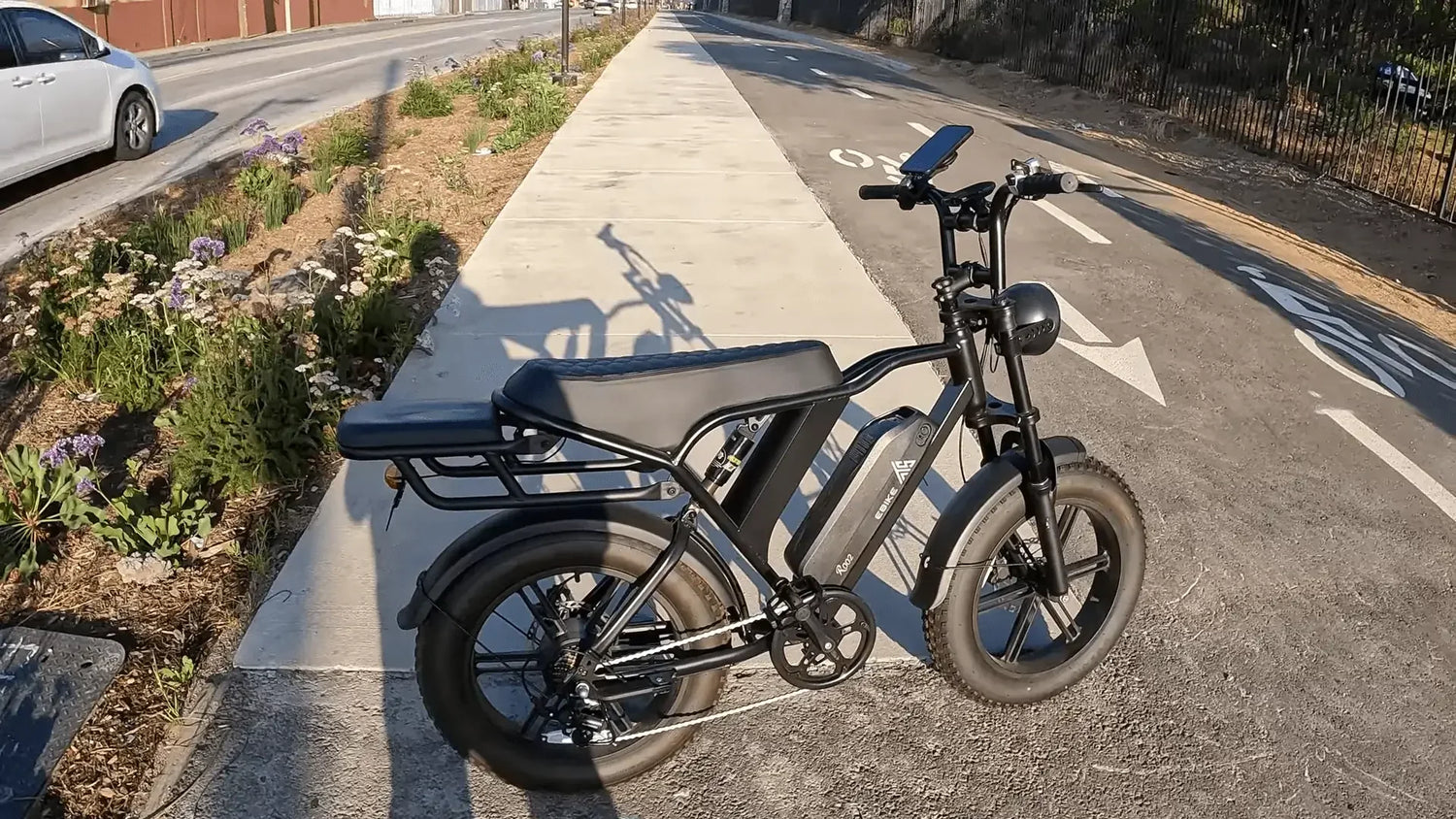
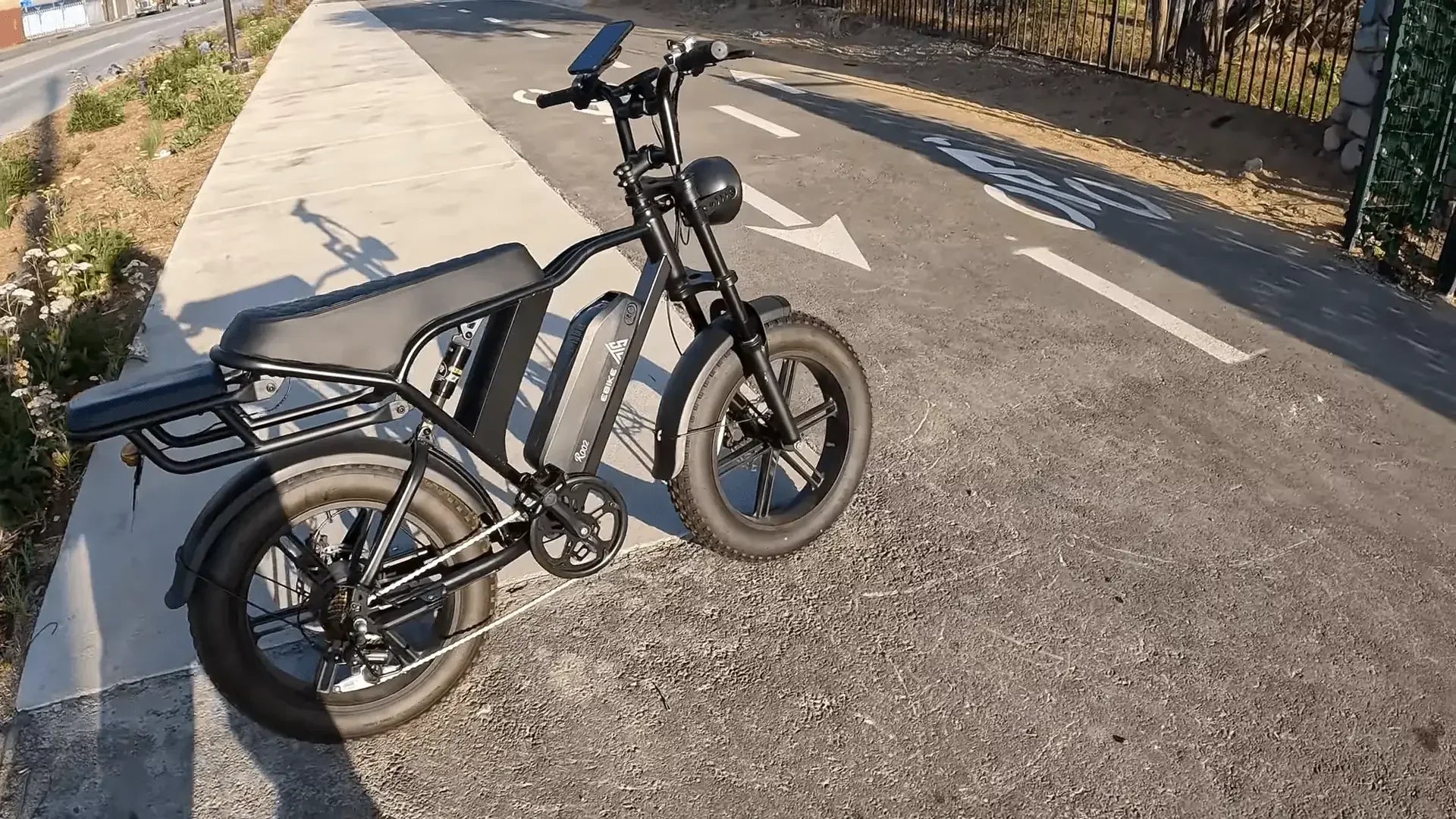
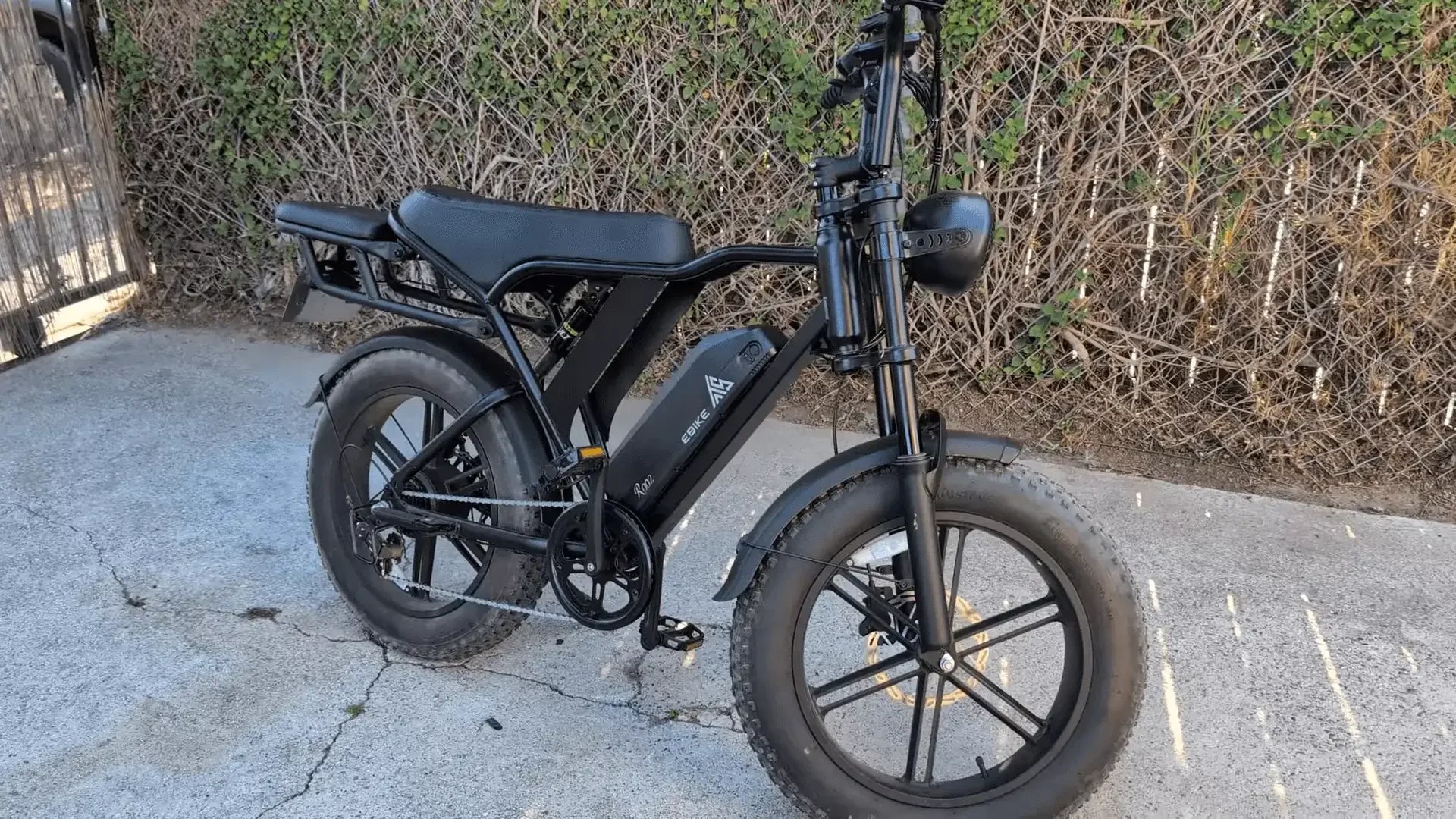
Leave a comment
This site is protected by hCaptcha and the hCaptcha Privacy Policy and Terms of Service apply.